Black-legged Kittiwake
Posted: Sat Mar 16, 2013 2:07 pm
320. Black-legged Kittiwake Rissa tridactyla (Swartpootbrandervoël)
Order: Charadriiformes. Family: Laridae

Description
Medium-sized gull. Length: 38-41 cm. Wingspan: 91-97 cm. Adults have silver grey backs and upperwings with black tips to the primaries. Head, tail and underparts are white. Bill is yellow unmarked. Legs black.
Breeding adults have a narrow ring of red around the eye.
Outside of the breeding season, the adult black-legged kittiwake has darker grey marks around the crown and the back of the neck, and a dark mark behind the eye.
Juvenile with white underparts, gray back, gray patches on nape and crown, dark spot at the ears, black collar, black wingtips, and a dark bar across the wing. Wings show a dark "M" pattern in flight. Tail white with a black tip. Legs black.
Distribution
A Northern Hemisphere species which is a rare vagrant to the sub-region. Breeds on sea cliffs and buildings along the coasts of the North Atlantic and North Pacific between 40-80° North, dispersing across the oceans of the Northern Hemisphere. It is a rare vagrant to southern Africa, recorded twice of the coast of the south-western Cape, while it was once sighted ashore at Hermanus, Western Cape in November 1987.
Habitat
Inshore and offshore waters.
Diet
Fish, shrimps and copepods.
Breeding
Does not breed in the sub-region.
Adult Black-legged Kittiwakes return to the breeding grounds from January, but breeding does not take place until May and June. More southerly colonies tend to breed earlier, and breeding activity may be delayed by periods of cold weather. The Black-legged Kittiwake typically nests in huge colonies, which may occasionally number over 100,000 pairs. The nests are tightly packed, sometimes even touching, and are constructed by both the male and female from compacted mud, feathers, vegetation and seaweed. This species usually builds its nests on such narrow ledges that the adults and chicks barely fit, and often have to face toward the cliff with their tails hanging over the edge. The female lays 1 to 3 eggs, which are incubated by both adults for 24 to 28 days. The chicks fledge at about 34 to 58 days old. After breeding, the birds leave the breeding ground from July to August, and the young remain at sea for the first few years of life, not returning to breed until they are three to five years old.
Call
A loud Kitt-e-wake. Listen to Bird Call.
Status
Very rare vagrant off the Cape. The Black-legged Kittiwake is classified as Least Concern (LC) on the IUCN Red List.
Order: Charadriiformes. Family: Laridae

Description
Medium-sized gull. Length: 38-41 cm. Wingspan: 91-97 cm. Adults have silver grey backs and upperwings with black tips to the primaries. Head, tail and underparts are white. Bill is yellow unmarked. Legs black.
Breeding adults have a narrow ring of red around the eye.
Outside of the breeding season, the adult black-legged kittiwake has darker grey marks around the crown and the back of the neck, and a dark mark behind the eye.
Juvenile with white underparts, gray back, gray patches on nape and crown, dark spot at the ears, black collar, black wingtips, and a dark bar across the wing. Wings show a dark "M" pattern in flight. Tail white with a black tip. Legs black.
Distribution
A Northern Hemisphere species which is a rare vagrant to the sub-region. Breeds on sea cliffs and buildings along the coasts of the North Atlantic and North Pacific between 40-80° North, dispersing across the oceans of the Northern Hemisphere. It is a rare vagrant to southern Africa, recorded twice of the coast of the south-western Cape, while it was once sighted ashore at Hermanus, Western Cape in November 1987.
Habitat
Inshore and offshore waters.
Diet
Fish, shrimps and copepods.
Breeding
Does not breed in the sub-region.
Adult Black-legged Kittiwakes return to the breeding grounds from January, but breeding does not take place until May and June. More southerly colonies tend to breed earlier, and breeding activity may be delayed by periods of cold weather. The Black-legged Kittiwake typically nests in huge colonies, which may occasionally number over 100,000 pairs. The nests are tightly packed, sometimes even touching, and are constructed by both the male and female from compacted mud, feathers, vegetation and seaweed. This species usually builds its nests on such narrow ledges that the adults and chicks barely fit, and often have to face toward the cliff with their tails hanging over the edge. The female lays 1 to 3 eggs, which are incubated by both adults for 24 to 28 days. The chicks fledge at about 34 to 58 days old. After breeding, the birds leave the breeding ground from July to August, and the young remain at sea for the first few years of life, not returning to breed until they are three to five years old.
Call
A loud Kitt-e-wake. Listen to Bird Call.
Status
Very rare vagrant off the Cape. The Black-legged Kittiwake is classified as Least Concern (LC) on the IUCN Red List.
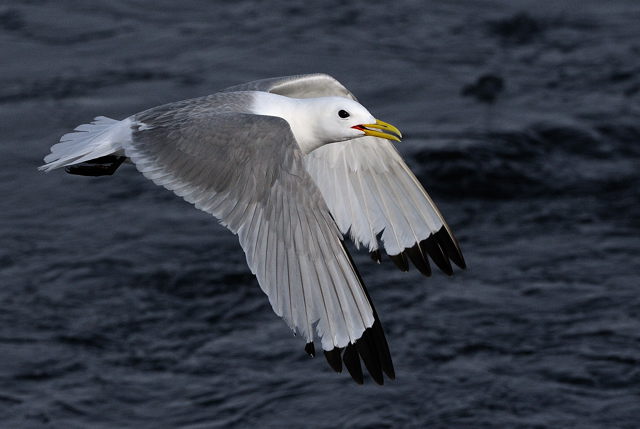
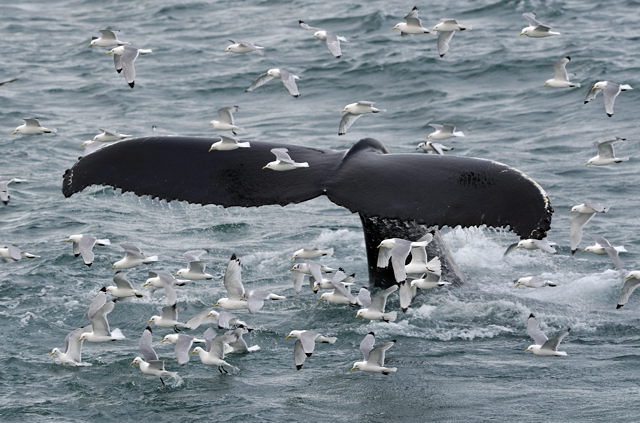

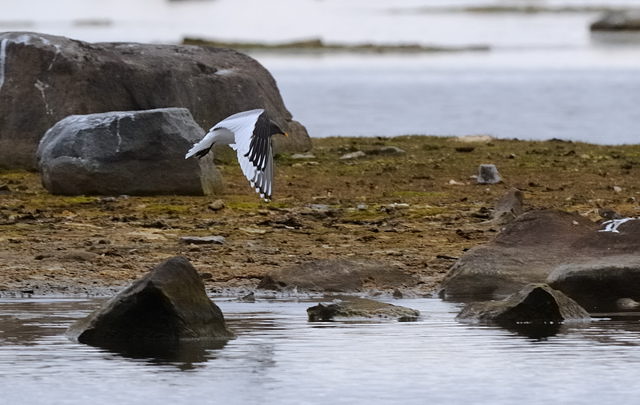
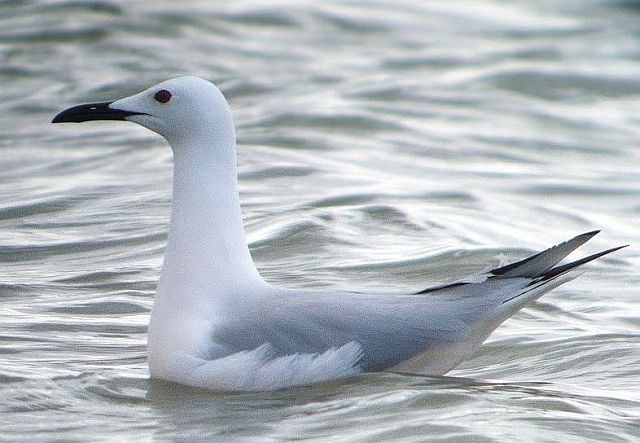
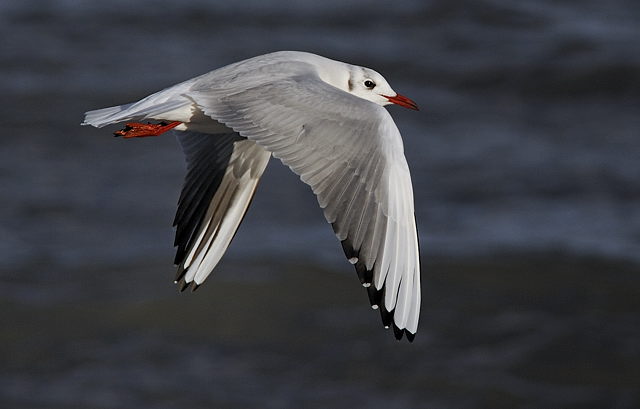 © Dewi
© Dewi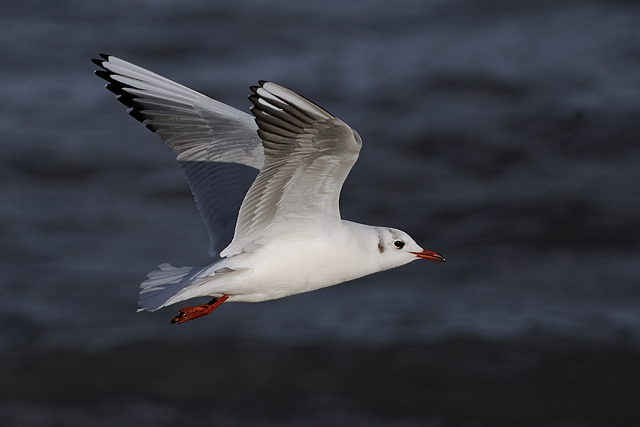 © Dewi
© Dewi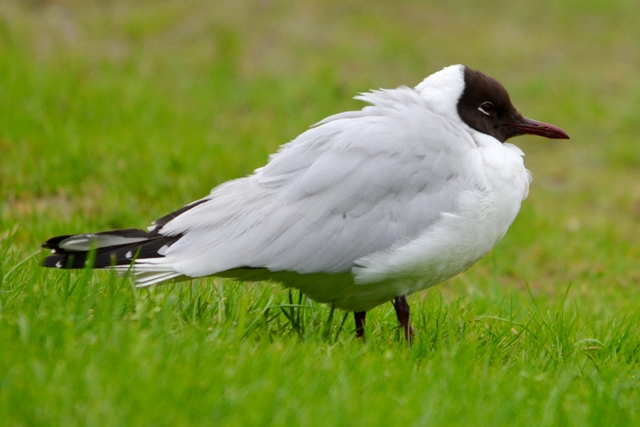 © Mel
© Mel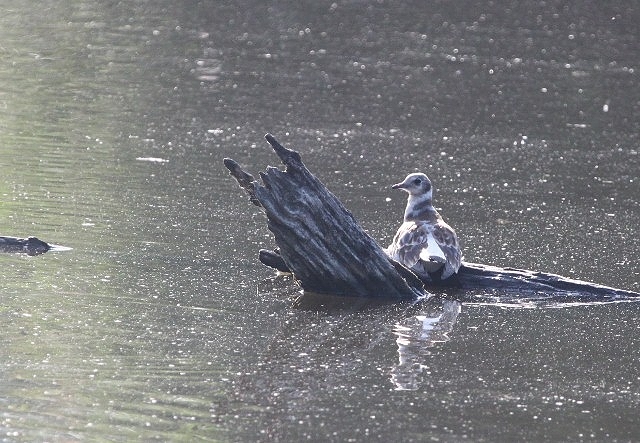 © nan
© nan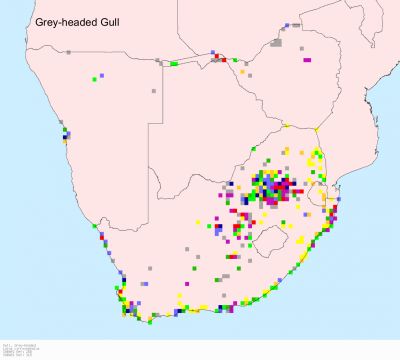
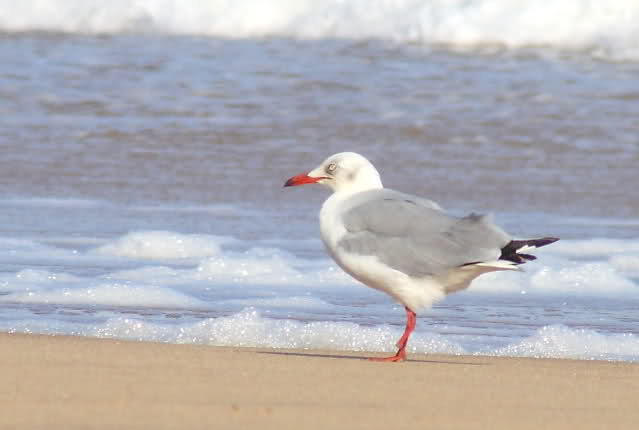 © Flutterby
© Flutterby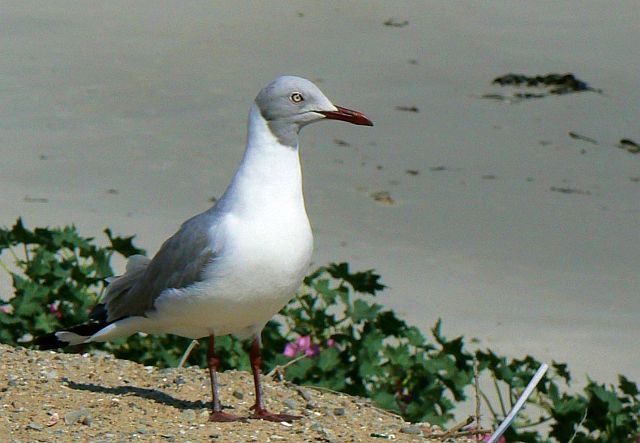 © Toko
© Toko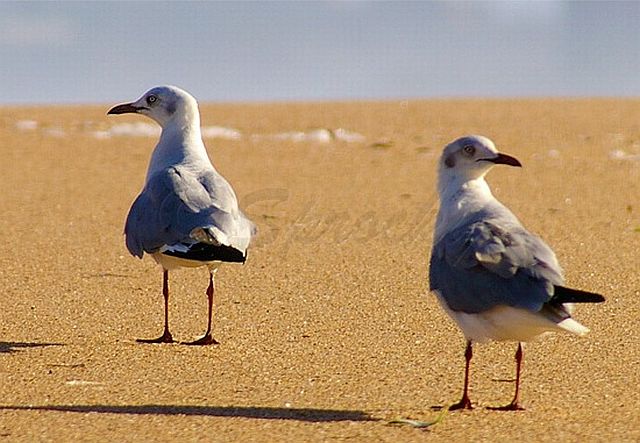 © Sprocky
© Sprocky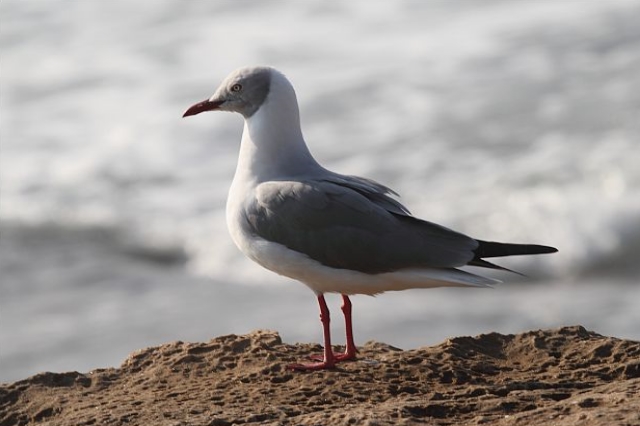 © Duke
© Duke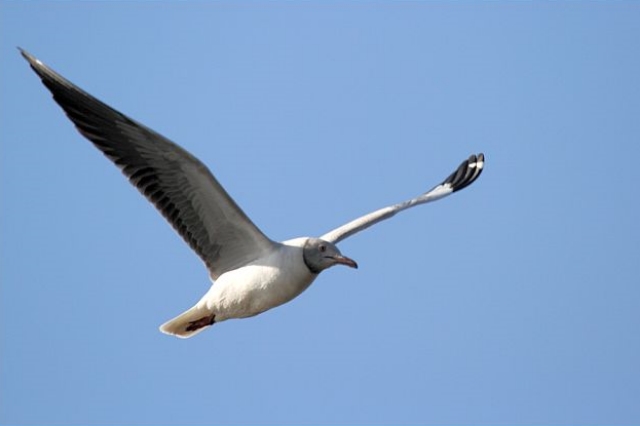 © Duke
© Duke © Peter Connan
© Peter Connan